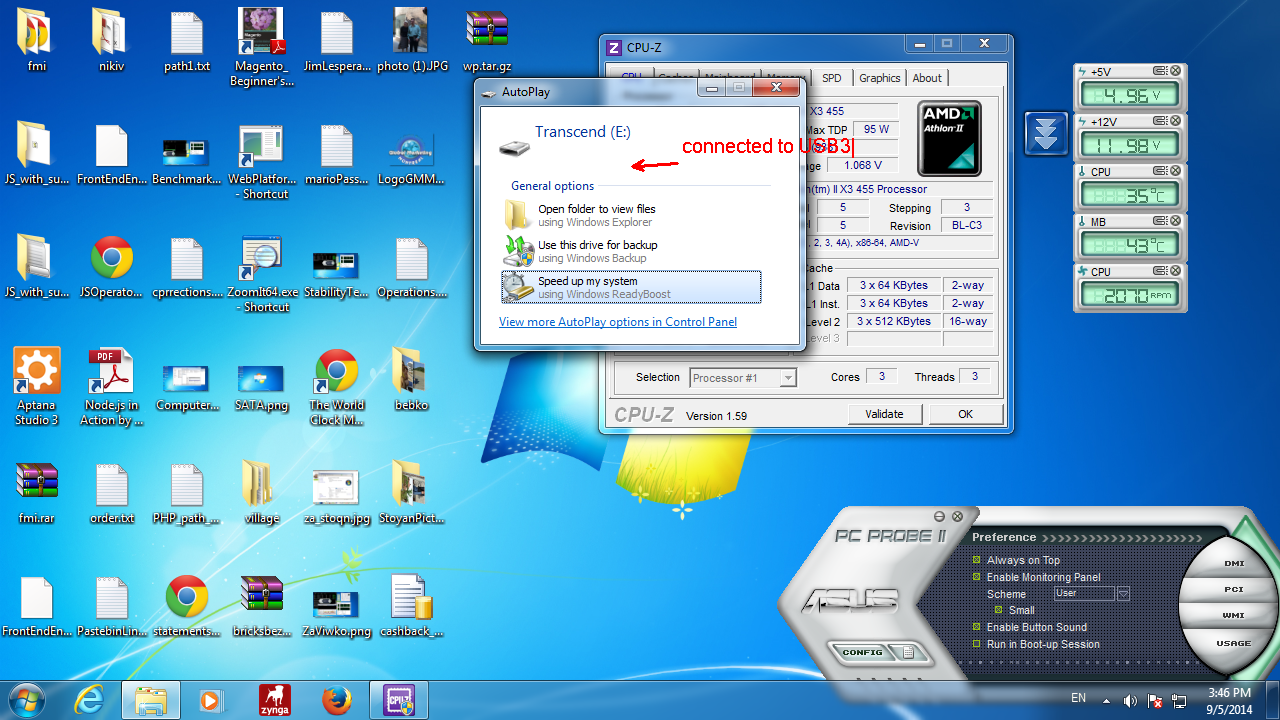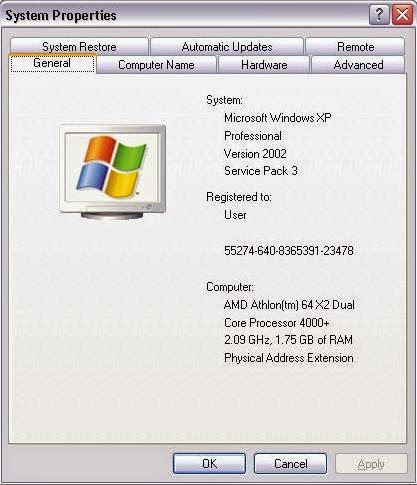LinuxLive USB Creator
http://www.linuxliveusb.com/
UUI
http://www.pendrivelinux.com/universal-usb-installer-easy-as-1-2-3/
!!!!!!!!!!!!!!!!!!!!!!!!!!! I was using this one !!!!!!!!!!!!!!!!!!!!!!!!!!!!!!!!!
YUMI
http://www.pendrivelinux.com/yumi-multiboot-usb-creator/
!!!!!!!!!!!!!!!!!!!!!!!!!!!!!!!!!!!!!!!!!!!!!!!!!!!!!!!!!!!!!!!!!!!!!!!!!!!!!!!!
I can not boot from USB3 port when I move it to USB3 gets recognised
1) http://forums.anandtech.com/showthread.php?t=2228240
2) http://forums.scotsnewsletter.com/index.php?showtopic=66933
Very few BIOS's support booting from a USB 3 drive because there is little room for a USB 3 driver in the BIOS. This means, also, that there is no driver loaded when the Grub2 menu appears. Not realizing this, I purchased a couple of 64gb USB 3 flash drives with the intent of loading distros on them and freeing up space on my SSD drive.
I think I can partially solve this in Linux by installing a "minimalist" distro on the SSD and then switching to the USB 3 drive after the kernel has loaded. I know I can do it in Mint or Ubuntu by switching after the OS has fully loaded but I'm thinking that there must be a more elegant way of doing it earlier in the boot process. Anybody have any suggestions?
#2 OFFLINE
Posted 10 December 2013 - 04:28 PM
I don't understand your problem.I have been happily booting LiveUSB distros and fully installed distros from USB 3.0 sticks for a year and a half.
I have never found a computer that would boot from USB that would not boot from the USB 3 sticks.
Ditto for USB 3 external HDDs.
Obviously, if the board only supports USB 2 I am only booting them using that but they still boot.
More information is required, perhaps there is something else going on.
Posted 10 December 2013 - 05:27 PM
I don't understand your problem.
I have been happily booting LiveUSB distros and fully installed distros from USB 3.0 sticks for a year and a half.
I have never found a computer that would boot from USB that would not boot from the USB 3 sticks.
Ditto for USB 3 external HDDs.
Obviously, if the board only supports USB 2 I am only booting them using that but they still boot.
More information is required, perhaps there is something else going on.
I have been happily booting LiveUSB distros and fully installed distros from USB 3.0 sticks for a year and a half.
I have never found a computer that would boot from USB that would not boot from the USB 3 sticks.
Ditto for USB 3 external HDDs.
Obviously, if the board only supports USB 2 I am only booting them using that but they still boot.
More information is required, perhaps there is something else going on.

















































































































